I’ve tried out many different palettes over the years. I like the 3 separate pieces this one has. I prefer this one for size too. It’s not too large or buIky for moving around as you work. It’s sturdy & relatively easy to clean. I has a built-in re-sealing system which is supposed to slow paint drying when you close it up.
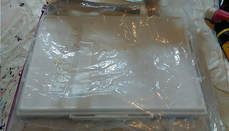
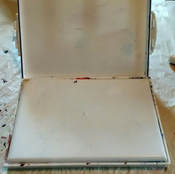
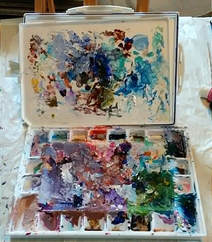
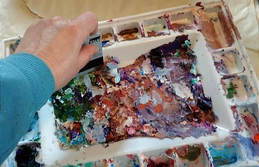
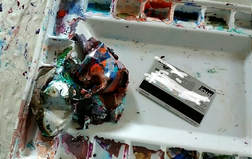
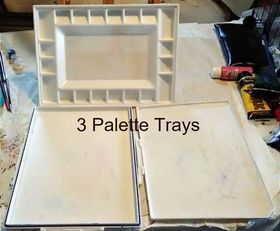

 RSS Feed
RSS Feed
